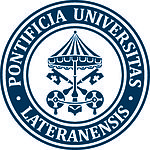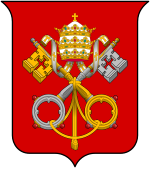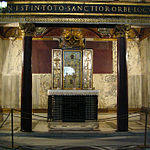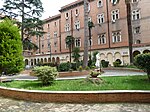Lateran Palace
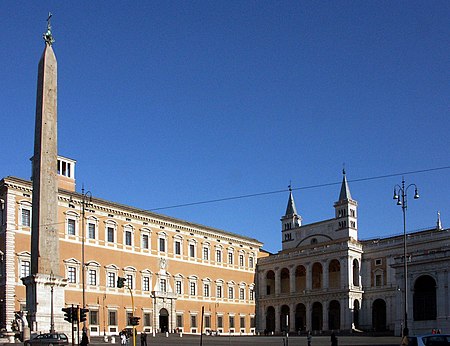
The Lateran Palace (Latin: Palatium Lateranense), formally the Apostolic Palace of the Lateran (Latin: Palatium Apostolicum Lateranense), is an ancient palace of the Roman Empire and later the main papal residence in southeast Rome. Located on St. John's Square in Lateran on the Caelian Hill, the palace is adjacent to the Archbasilica of Saint John Lateran, the cathedral church of Rome. From the fourth century, the palace was the principal residence of the popes, and continued so for about a thousand years until the Apostolic Residence ultimately moved to the Vatican. The palace is now used by the Vatican Historical Museum, which illustrates the history of the Papal States. The palace also houses the offices of the Vicariate of Rome, as well as the residential apartments of the Cardinal Vicar, the pope's delegate for the daily administration of the diocese. Until 1970, the palace was also home to the important collections of the Lateran Museum, now dispersed among other parts of the Vatican Museums. Following the Lateran Treaty of 1929, the palace and adjoining basilica are extraterritorial properties of the Holy See.
Excerpt from the Wikipedia article Lateran Palace (License: CC BY-SA 3.0, Authors, Images).Lateran Palace
Chiostro di San Giovanni in Laterano, Rome Municipio Roma I
Geographical coordinates (GPS) Address Nearby Places Show on map
Geographical coordinates (GPS)
| Latitude | Longitude |
|---|---|
| N 41.886611111111 ° | E 12.50575 ° |
Address
Chiostro di San Giovanni in Laterano
Chiostro di San Giovanni in Laterano
00183 Rome, Municipio Roma I
Lazio, Italy
Open on Google Maps

